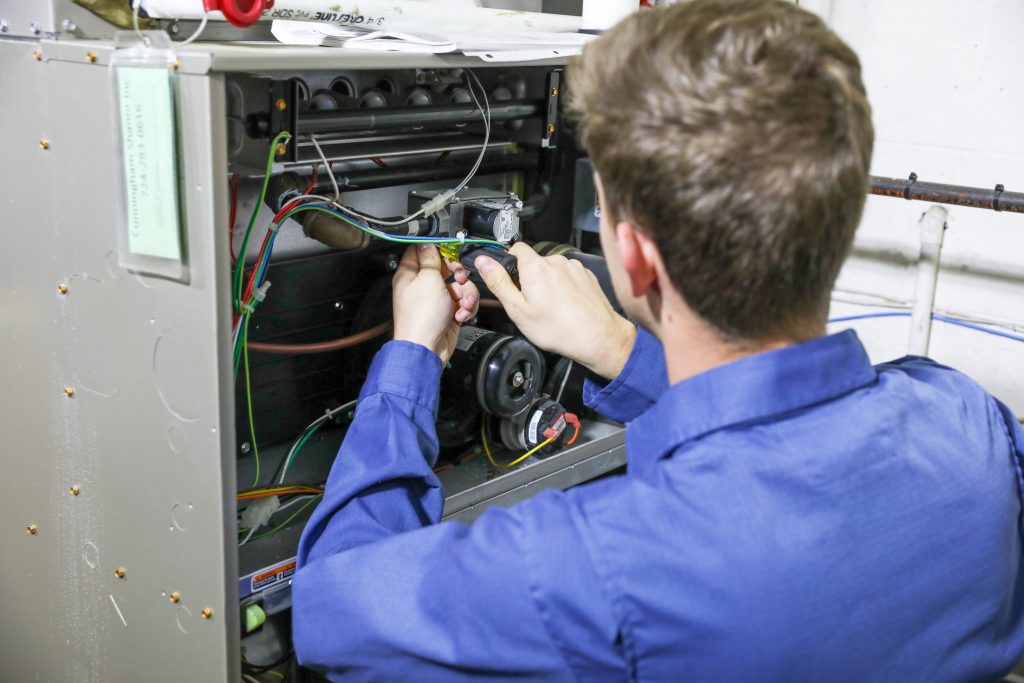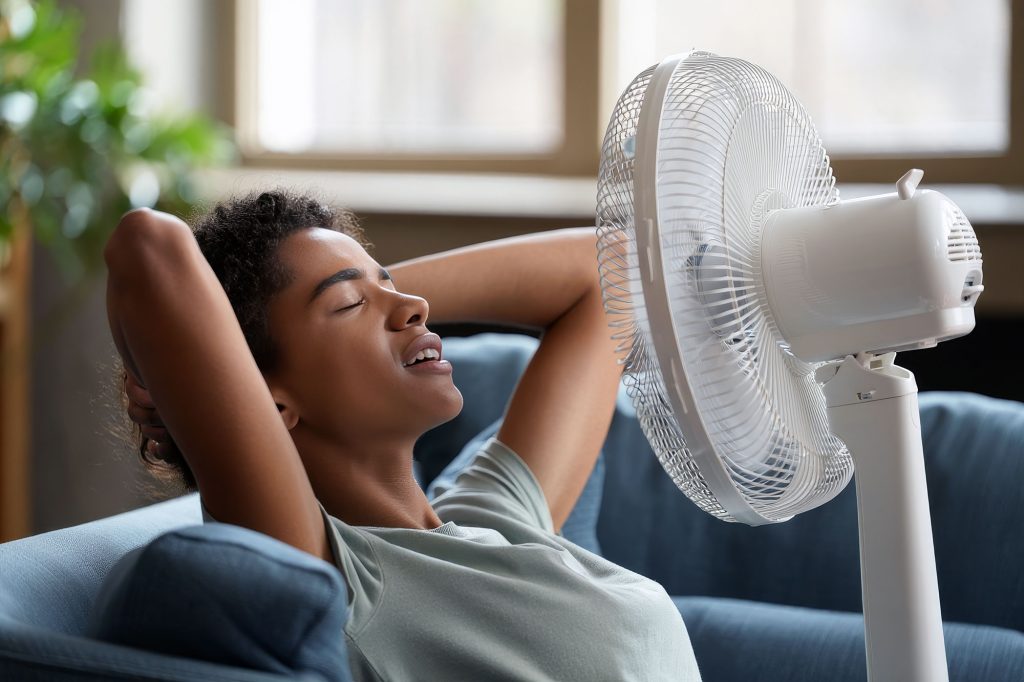Your HVAC filter might be small, but it plays a huge role in keeping your home comfortable and your energy bills manageable. Yet many homeowners forget about this simple maintenance task until their system starts acting up. Learning to recognize when it’s time for a filter change can save you money, improve your indoor air quality, and extend the life of your HVAC system.
The Visual Test: What Does Your Filter Look Like?
The easiest way to determine if your filter needs changing is simply looking at it. Pull out your current filter and hold it up to the light. If you can’t see light passing through easily, or if the filter looks gray, brown, or covered in visible dust and debris, it’s definitely time for a replacement.
A clean filter should appear mostly white or off-white (depending on the brand), and you should be able to see the pleated material clearly. If your filter looks like it could use a good shake-out, don’t bother trying to clean it – just replace it.
Your Home is Telling You Something
Beyond the visual inspection, your home and HVAC system will give you several clues that the filter needs attention:
Reduced airflow is often the first sign. If you notice that some rooms aren’t getting as much heating or cooling as usual, or if the air coming from your vents feels weaker than normal, a clogged filter could be restricting airflow.
Higher energy bills without a corresponding increase in usage often indicate your system is working harder than it should. When filters are dirty, your HVAC system has to run longer to achieve the same temperature, driving up your energy costs.
More dust around your home is another telltale sign. If you’re dusting furniture more frequently than usual, or notice dust accumulating faster on surfaces near vents, your filter isn’t catching particles like it should.
Allergy symptoms acting up indoors can indicate that your filter isn’t effectively removing allergens from the air. If family members are sneezing, coughing, or experiencing more allergy symptoms at home, check that filter.
The General Timeline: How Often Should You Change It?
While the condition of your filter is the best indicator of when to change it, here are some general guidelines:
Standard 1-inch filters typically need changing every 1-3 months, depending on usage and conditions in your home.
Thicker filters (4-5 inches) can often last 6-12 months, but should still be checked regularly.
Homes with pets will need more frequent changes – potentially every month during heavy-use seasons.
Homes with family members who have allergies or asthma should err on the side of caution and change filters more frequently.
During peak seasons (summer and winter when your HVAC runs constantly), you’ll likely need to change filters more often than during mild spring and fall months.
The Cost of Neglecting Your Filter
Ignoring filter changes doesn’t just affect air quality – it can lead to expensive problems. A severely clogged filter can cause your system to freeze up, overheat, or even break down entirely. The cost of emergency HVAC repairs far exceeds the few dollars you’ll spend on regular filter replacements. Additionally, running your system with a dirty filter forces it to work harder, which shortens its overall lifespan and increases wear on expensive components like the blower motor.
Make It Easy on Yourself
Changing your HVAC filter regularly is one of the simplest and most cost-effective ways to maintain your home’s comfort system. When in doubt, it’s better to change a filter a little early than a little late. Your HVAC system, your wallet, and your family’s health will thank you for staying on top of this easy but crucial maintenance task.
With a Shafer’s maintenance plan, you’ll never have to worry about forgetting to change your filter or wonder if your system is running efficiently. Our trained technicians handle everything, ensuring your HVAC system operates at peak performance year-round.
Ready to simplify your HVAC maintenance? Contact Shafer’s HVAC today to learn more about our maintenance plans and discover how we can help keep your home comfortable while saving you time and money.








